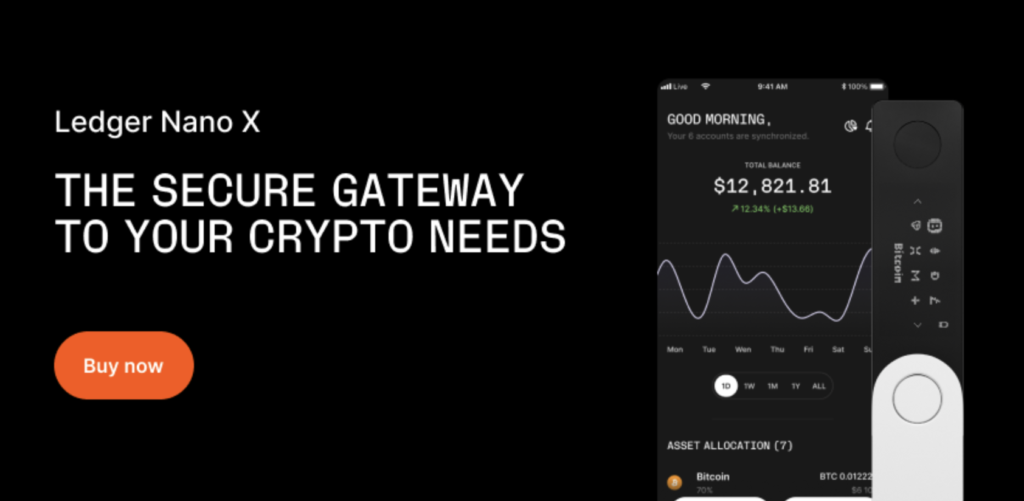
At The Atlcoin Oracle, we like our cryptocurrencies in the top 20. The reason being that the market capitalisation of these projects is big enough (i.e: above 1 billion USD) to not collapse tomorrow. What is the DNA of this top 20? Which coins can you choose to optimally diversify your crypto assets?

1. Let’s define our tool: the Pearson correlation coefficient
A Pearson correlation r between 2 cryptocurrencies x and y is defined as follows:

This coefficient tells you if the 2 cryptocurrencies are strongly correlated (r close to 1) or not correlated (r close to 0). For example, we’ve calculated it for every single pair of crypto assets in the top 20, based on almost 1 year’s worth of data, and displayed the results in a matrix:

If the colour is green, it means that the Pearson coefficient is close to 1: there is a strong correlation (e.g: BTC-DOT). If the colour is red, it means that the Pearson coefficient is close to 0: there is a weak correlation (e.g: BTC-DOGE).
2. First cluster: coins with a weak correlation to Bitcoin
The first weak-correlation cluster of coins can be identified by spotting the red squares:

XRP, DOGE, ETC and SOL have a weak correlation to BTC and various other major crypto assets. These coins are unpredictable. Protocol for banks (XRP), billionaire toy (DOGE), abandoned projects (ETC), and skyrocketing DeFi token (SOL). Invest in these weakly correlated coins if you want to hedge against Bitcoin and add some brutal volatility to your portfolio:

2. Second cluster: coins with a moderate correlation to Bitcoin
We removed all the coins from the first cluster and re-adjusted the Pearson coefficient scale (0.7-1) to spot the next cluster:

ETH, BNB, ADA , VET, BCH, XMR, TRX and THETA have a moderate correlation to BTC and various crypto assets.
The coins in this cluster are more in phase with the crypto space but differ from Bitcoin’s focus as a store of value. These coins are second or third generation projects tackling: PoS, payments, NFTs, supply chains and videos.
Invest in these coins if you want to embrace the growth of blockchain projects with actionable features beyond simply acting as a passive store of value:

3. Third cluster: coins with a strong correlation to Bitcoin
First, we’ve removed all the coins from the previous cluster to reveal the last cluster:

UNI, LTC, LINK , AAVE, LUNA, XLM and DOT have a strong correlation to BTC (r>0.7).
Indeed, these coins are following Bitcoin for different reasons. Litecoin (LTC) and Stellar (XLM) are one of the oldest projects out there and as a result “look at Bitcoin” to react. For example, Aave (AAVE), Uniswap (UNI) and Chainlink (LINK) are projects foncusing on bridging projects. As a result they’re extremely dependent on what the crypto space does as a whole…. And Bitcoin is the best indicator of that. Similarly, the correlation that Luna (LUNA) and Polkadot (DOT) have to Bitcoin is more anecdotal; they are very new and are therefore correlated to the top asset in the space by default. Invest in this cluster to surf the Bitcoin wave:

5. Conclusion and perspectives
We’ve identified 3 clusters to play if you want to diversify your crypto assets: dynamic unpredictable volatility (cluster 1), to absorb the growth from projects with real-world actionable features (cluster 2) or to follow a Bitcoin echo chamber (cluster 3).
What if you need to pick just one coin for the best risk-adjusted return? Well. There is only one king.
Take care, Clem

